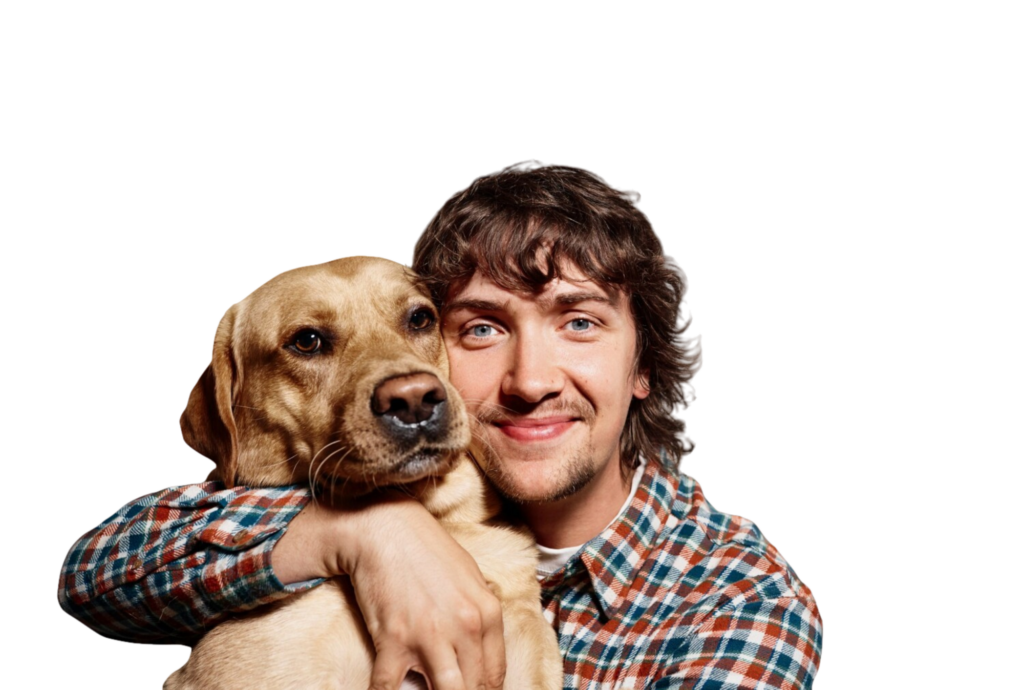As a responsible dog owner, it’s crucial to understand that grooming is not just about enhancing your furry friend’s appearance, but also about ensuring their overall well-being. One of the essential grooming practices for dogs is brushing. Regular brushing not only keeps your dog looking neat and tidy but also offers numerous health benefits. In this article, we will explore the significance of brushing your dog and provide valuable insights into effective dog grooming techniques for a happy and healthy canine companion.
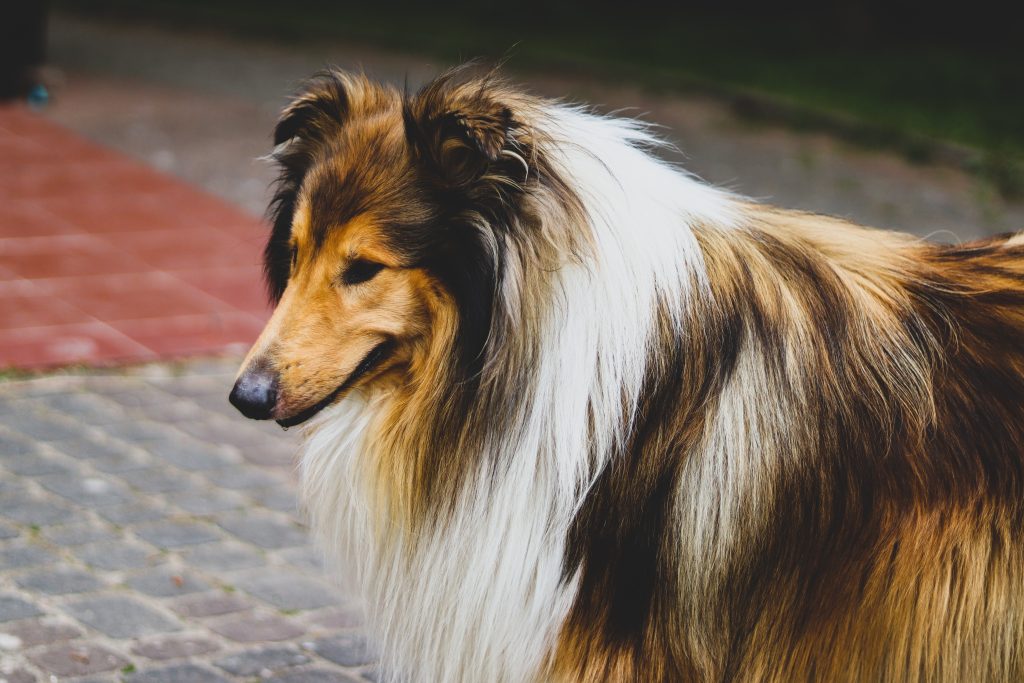
The Benefits of Regular Brushing
Reducing Shedding and Allergens
Brushing your dog regularly plays a pivotal role in managing shedding and controlling allergens in your home. Dogs shed their fur, and this can often lead to a buildup of loose hairs on your furniture and clothes. By brushing your dog’s coat, you can remove loose hairs before they end up all over your living space, making cleaning more manageable and reducing potential allergic reactions.
Preventing Matting and Tangling
For dogs with longer hair, matting and tangling can be common issues. Regular brushing helps prevent these problems by keeping the coat clean and free from knots. Matting can be uncomfortable for your dog and may even require a painful shave to resolve. Consistent brushing ensures your dog’s coat remains smooth and manageable.
Maintaining Healthy Skin and Coat
Regular brushing stimulates the skin and distributes natural oils throughout your dog’s coat. These oils are essential for maintaining a healthy, shiny, and moisturized coat. Additionally, brushing helps to remove dirt and debris, promoting good skin health and reducing the risk of skin infections.
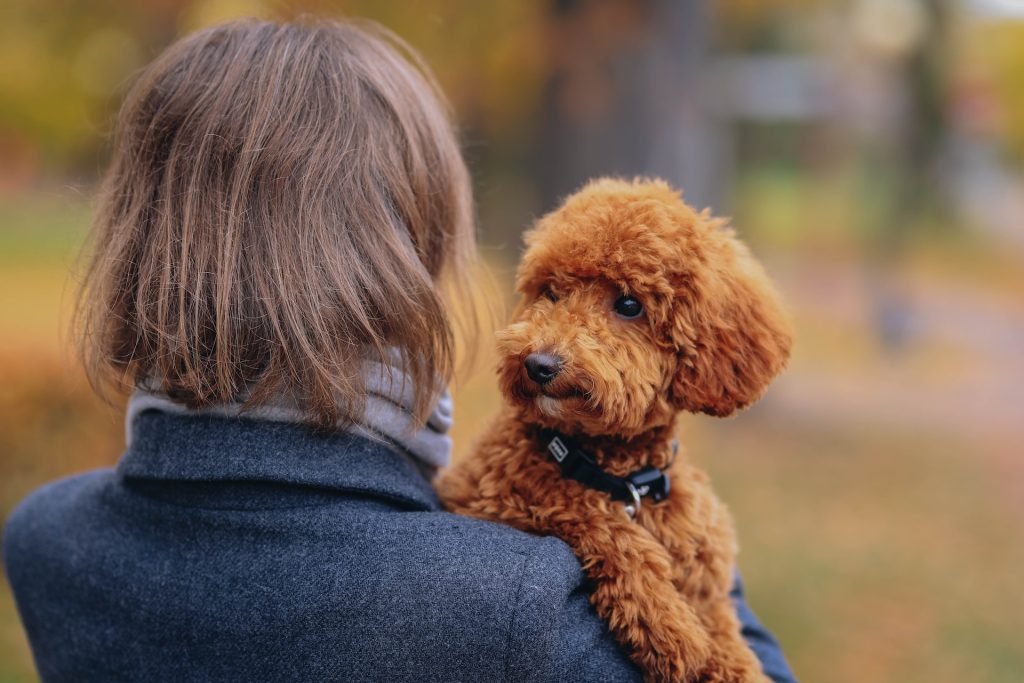
Bonding and Physical Examination
Strengthening the Human-Dog Bond
Grooming sessions offer a wonderful opportunity to bond with your furry friend. The process of brushing can be enjoyable and relaxing for your dog when done gently and with positive reinforcement. Use this time to communicate affection and build trust with your pet.
Early Detection of Skin and Health Issues
During grooming sessions, you have a chance to observe your dog’s skin and coat up close. This provides an opportunity to detect any abnormalities, such as lumps, rashes, or signs of parasites. Early detection allows for timely veterinary attention, potentially preventing more severe health issues.
A Stress-Free Grooming Experience
Introducing Brushing to Puppies
If you have a puppy, it’s essential to introduce them to brushing early on. This helps them become accustomed to the process and prevents grooming-related anxiety in the future. Make the experience positive by offering treats and praise during and after each grooming session.
Overcoming Brushing Anxiety
Some dogs may be apprehensive about brushing, especially if they had negative experiences in the past. Patience and gradual desensitization can help overcome brushing anxiety. Start with short grooming sessions and gradually increase the time as your dog becomes more comfortable.
Best Practices for Brushing Your Dog
Choosing the Right Brush
Selecting the right brush for your dog’s coat type is crucial. Different brushes are designed for various coat textures, such as bristle brushes for short-haired dogs and slicker brushes for longer-haired breeds. Consult with a professional groomer or your veterinarian to determine the best brush for your furry friend.
Establishing a Routine
Consistency is key to successful grooming. Establish a regular brushing schedule that suits your dog’s needs and coat type. Regular grooming will make the process more familiar and comfortable for your dog.
Brushing Techniques for Different Coats
Different coat types require specific brushing techniques. For example, long-haired breeds may need more frequent brushing to avoid matting, while short-haired dogs can benefit from weekly grooming to control shedding. Learn about the unique needs of your dog’s coat and adapt your grooming routine accordingly.
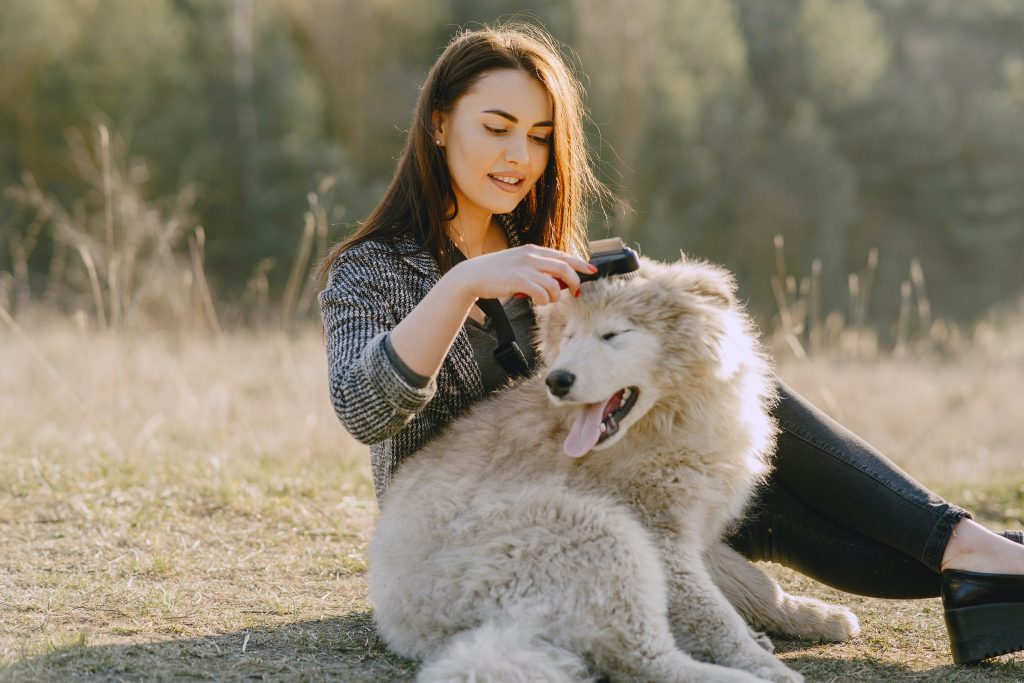
Special Considerations for Dog Breeds
Long-Haired Breeds
Long-haired breeds, such as Golden Retrievers and Afghan Hounds, require special attention to maintain their luxurious coats. Daily brushing is often necessary to prevent matting and tangling.
Short-Haired Breeds
Short-haired breeds, like Beagles and Boxers, may shed less, but they still benefit from regular brushing to remove loose hair and distribute natural oils for a healthy coat.
Double-Coated Breeds
Double-coated breeds, including Siberian Huskies and German Shepherds, have a dense undercoat. Brushing helps control shedding, especially during seasonal changes.
Grooming Tips for Senior Dogs
As dogs age, their grooming needs may change. Older dogs may require more gentle brushing and shorter grooming sessions. Be mindful of any joint stiffness or discomfort your senior dog may experience during grooming.
Common Brushing Mistakes to Avoid
- Using the wrong type of brush for your dog’s coat.
- Brushing too aggressively, causing discomfort.
- Neglecting to brush regularly, leading to matting and tangling.
- Failing to reward and praise your dog during grooming.
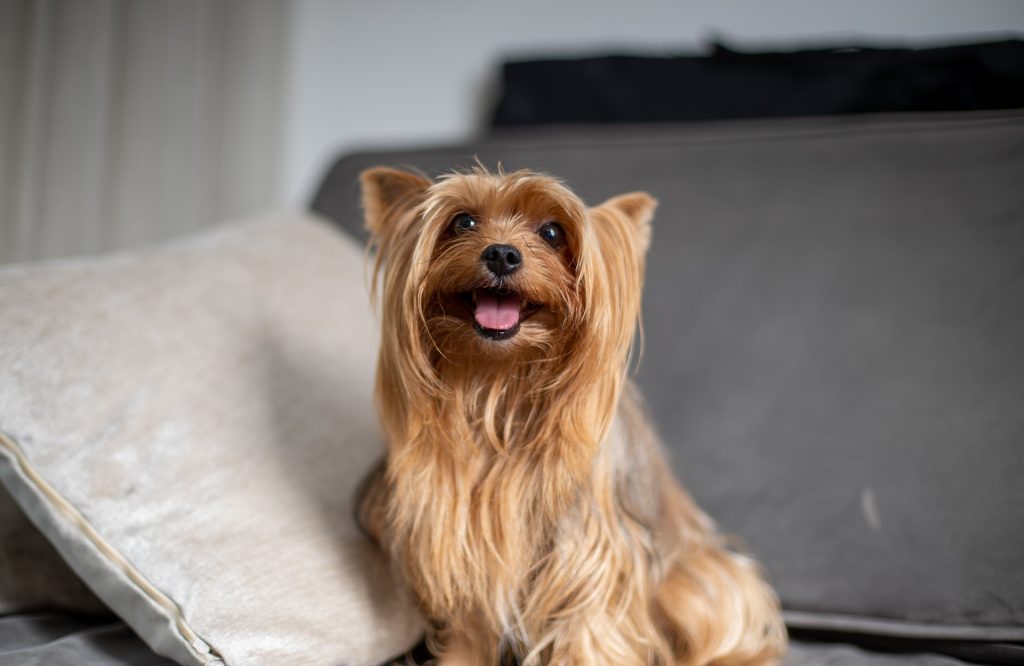
In conclusion, regular brushing is an essential part of responsible dog ownership. It offers numerous benefits, including reducing shedding, preventing matting, and maintaining healthy skin and coat. Beyond the physical advantages, grooming sessions also strengthen the bond between you and your furry companion. By following best practices and understanding your dog’s specific coat needs, you can ensure a stress-free and enjoyable grooming experience for both you and your beloved pet.
Read more blog posts on our website here.
FAQs
Q1: How often should I brush my dog?
A1: The frequency of brushing depends on your dog’s coat type. Long-haired breeds may need daily brushing, while short-haired breeds can be brushed once a week. Regular brushing prevents matting and keeps the coat healthy.
Q2: Can I use human hairbrushes on my dog?
A2: No, human hairbrushes are not suitable for dogs. Use brushes specifically designed for dogs, as they are tailored to different coat types and have bristles that won’t harm your pet.
Q3: My dog hates being brushed. What should I do?
A3: If your dog is afraid of brushing, start with short, positive sessions and gradually increase the time. Use treats and praise to reward your dog during and after grooming.
Q4: Are there any health benefits to brushing my dog regularly?
A4: Yes, there are several health benefits. Regular brushing helps maintain healthy skin, reduces shedding, prevents matting, and allows early detection of skin issues or health problems.
Q5: Can I groom my senior dog like I used to when they were younger?
A5: As dogs age, their grooming needs may change. Be gentle with your senior dog, and consider shorter grooming sessions if needed. Pay attention to any signs of discomfort during grooming.



